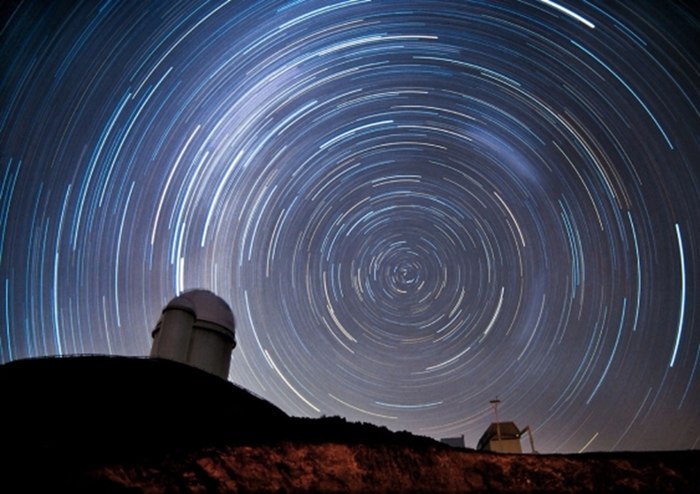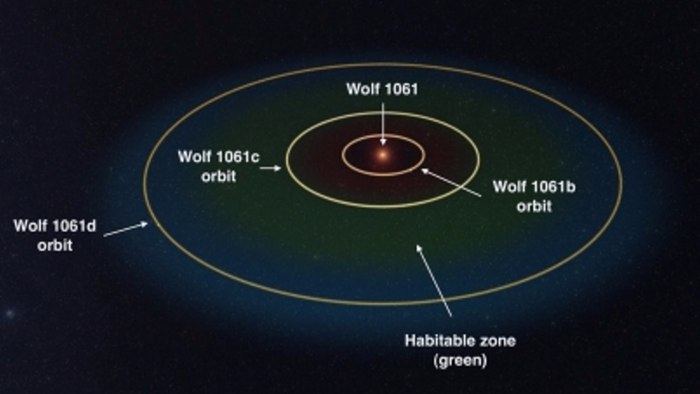
Our space neighbors may be closer than we think. A team of astronomers from the University of New South Wales (USNW) announced the opening closest to the Solar system a potentially habitable planet. Orbiting a red dwarf star Wolf 1061 in the constellation Ophiuchus, the planet is “only” at 14 light years from Earth, which, in turn, even closer than is the exoplanet Gliese 667Cc, which is 22 light years.
According to scientists from UNSW, the planet was discovered using the HARPS spectrograph installed on the 3.6-meter telescope of the European southern Observatory in La Silla, Chile. The team conducted surveillance on the object the whole decade.
The planet, dubbed Wolf 1061c, has a mass 4 times the mass of Earth, and is one of three exoplanets discovered around the star Wolf 1061. The researchers say that the masses of these planets above the earth are 1.4, 4.3 and 5.2 times, and the periods of their revolution around its star be 5, 18 and 67 days, respectively. Wolf 1061c planet is the second from its star.

All three planets have a low enough mass to be solid and rocky surface, and Wolf 1061c is also located in the so-called habitable zone, or “Goldilocks zone”, where temperature readings should be appropriate for the existence of water in liquid form, and therefore, there are basic conditions for the formation of life. The other two planets are not too suitable for this role. One of them is very cold, while the other surface is very hot.
Scientists say that despite the fact that have been discovered and other planets, which is located approximately at the same distance 1061c Wolf to the Ground, none of them can be considered as potentially habitable.
“The close proximity of the planets around the star Wolf 1061 may indicate good chances that you can examine them when passing in front of its star,” says Dr. Rob Wittenmyer, one of the members of the research team.
“If so, we have an opportunity to study the atmosphere of these planets in the future to try to more accurately determine whether they are suitable to sustain life”.
